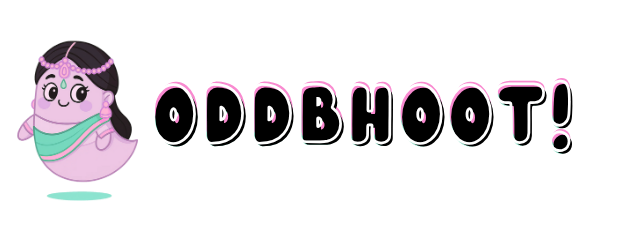What is ADHD?
Attention Deficit Hyperactivity Disorder (ADHD) is a neurodevelopmental disorder that impairs our executive functions (AKA executive dysfunction) and self-regulation.
Executive functions are the parts of your brain’s wiring that help you do tasks that allow for daily productivity: working memory, emotional control, planning and prioritization, organization, time management, etc.
It is not something you can outgrow and is thus classified as a disability, not a mental illness.
* A more comprehensive overview of executive dysfunction can be found in our adhd cheatsheet.
What would it look like if I had it?
The inattentive subtype looks like this:
fails to pay close attention to details
has trouble sustaining attention
doesn’t seem to listen when spoken to directly
fails to follow through on instructions
has trouble getting organized
avoids doing things that require sustained focus or thinking
loses things frequently
easily distracted
forgetful
While hyperactive-impulsive looks like this:
fidgets/squirms in seat
frequently leaves seat when seating is expected
runs or climbs excessively
trouble playing/engaging in activities quietly
acts “on the go” or as if “driven by a motor”
talks excessively
blurts out answers
trouble waiting or taking turns
interrupts or intrudes
If you meet the criteria for both types, you can also be diagnosed with a combination of the two in what is called a combined presentation/subtype.
When I first read these, I did not feel like everything applied to me.
I’ve since learned that these were written around observational data in primarily white boy subjects and that just because neurotypical people make these kinds of observations doesn’t mean that I have to agree with them or accept that they mean anything about me.
Also, these symptoms can change over time, so adults may (and do) present differently than this, and people might intentionally misunderstand the intent behind your actions.
Don’t be deterred. There are also several good parts. No two people will share the same symptoms, but you’re likely to also have some good stuff wired in.
You’re also likely:
a risk-taker and natural go-getter
innovative and imaginative
spontaneous and energetic
compassionate and empathetic
outgoing, funny, and full of ideas
caring and sensitive to others
Common Comorbidities
There are some chronic and pervasive comorbidities that you may have been diagnosed with earlier, as we were, because your doctor might not have been willing to entertain an ADHD diagnosis. Diagnosing someone with Anxiety or Depression is much simpler and allows doctors to not pay further attention to the issues we are trying to address.
Oftentimes, this is because of their unwillingness to prescribe stimulant medication, but it is also sometimes just due to negligence - some doctors carry a preconceived notion that women of colour are less likely to have ADHD.
We’re not suggesting that you’ve been misdiagnosed - you may have these things too. We are simply saying that your doctor might not have considered that it might be ADHD.
ADHD is harder to diagnose because the wiring of your brain regions for these comorbidities is so close together:
Cortical wiring problems: learning and language disabilities, fine & gross motor difficulties, autism and dyslexia
Problems regulating emotions: depression, anxiety disorders, anger control disorders, obsessive-compulsive disorder, bipolar disorder
Tic disorders: motor tics, oral tics, and Tourette’s syndrome
For a more comprehensive look at how ADHD works under the hood, visit our adhd cheatsheet.
